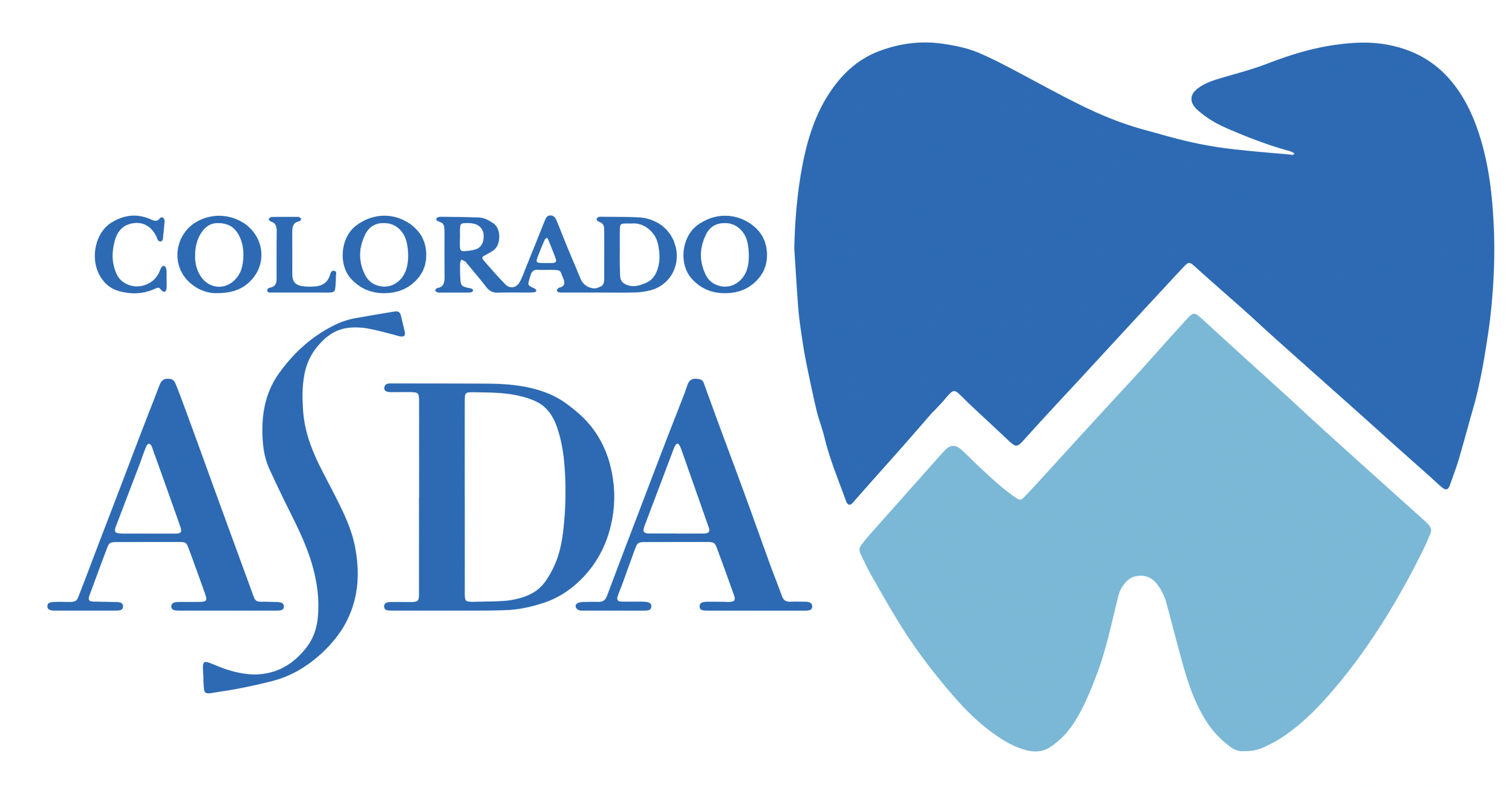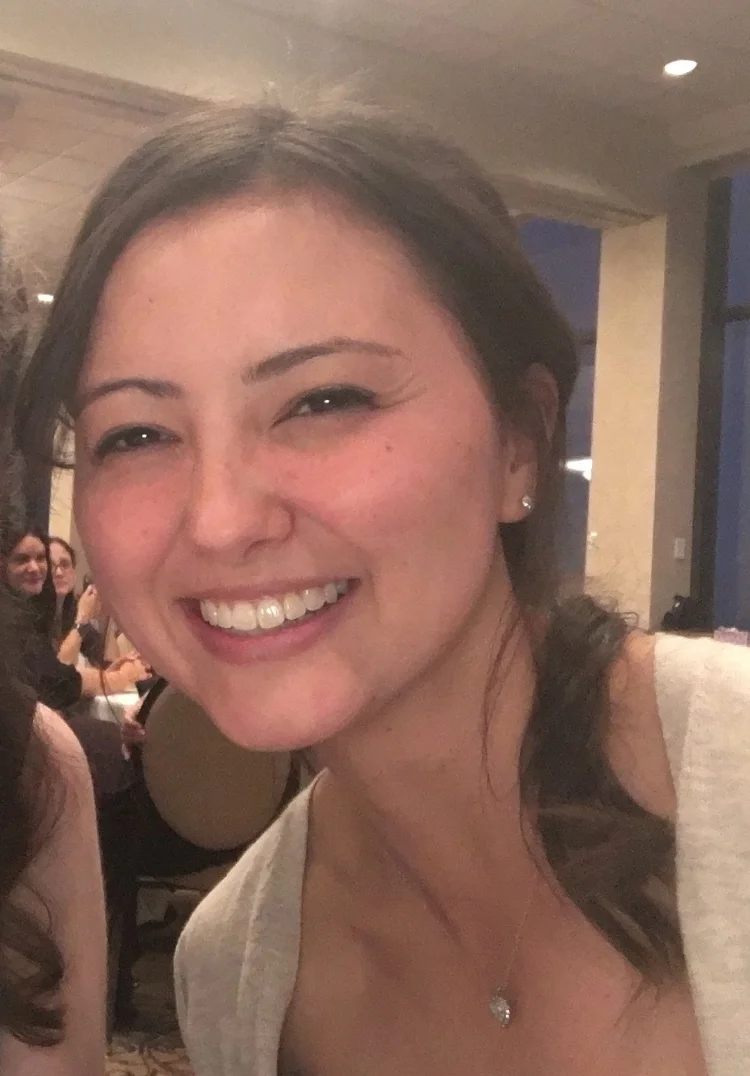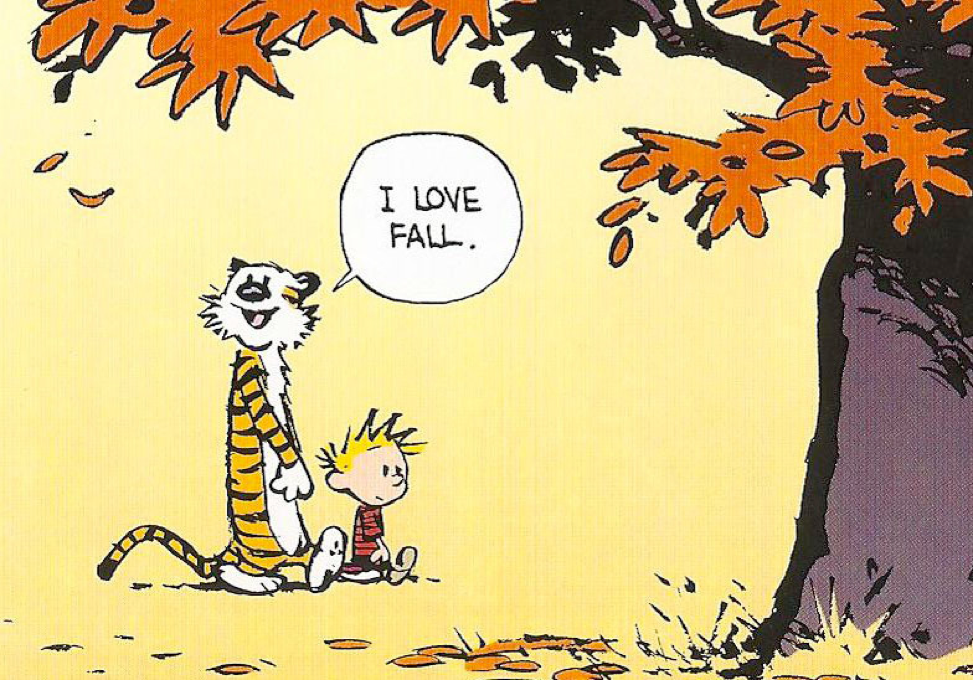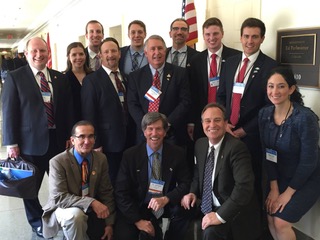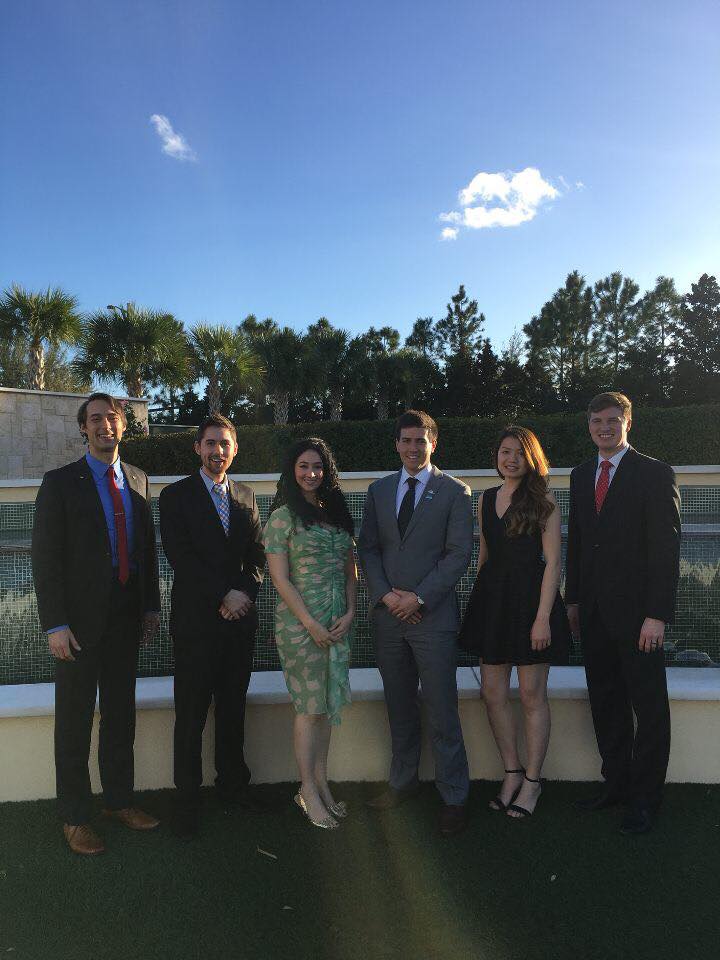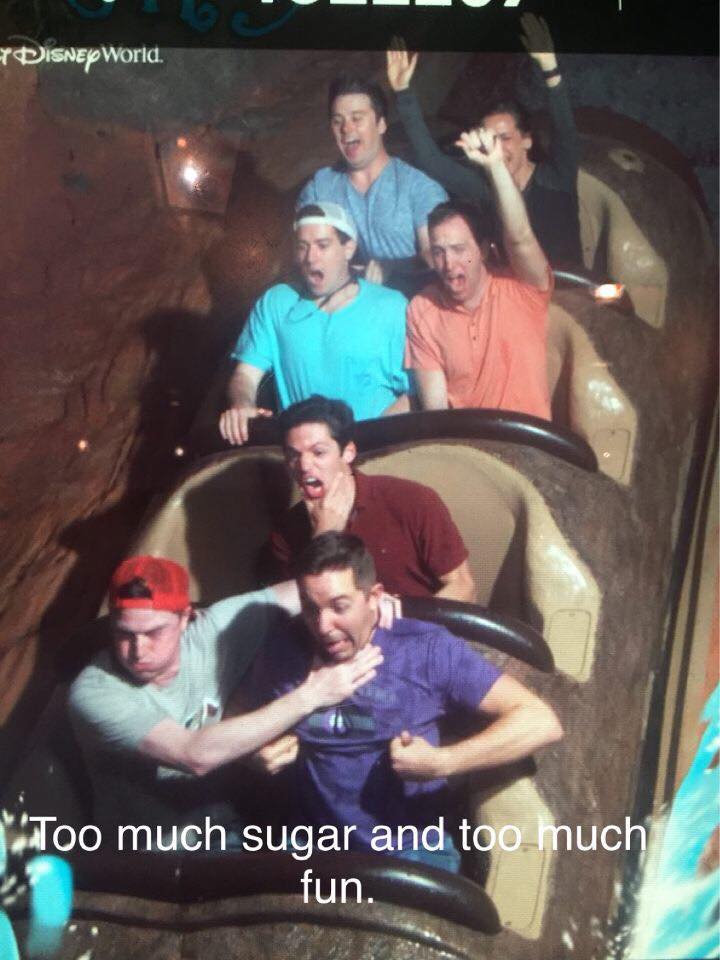an interview with Ji An
Social media is an increasingly popular tool for current and aspiring dental students to connect and share experiences. One of our own DS2’s, Ji An, runs an Instagram account where she documents her time at the University of Colorado. We asked her a few questions about her experience using this platform.
Q: What inspired you to start documenting your time in dental school?
A: I thought that it’d be a fun and easy way to share what the life of a CU dental student is like. As a pre-dental student, I was always curious about how the dental student lifestyle varied from school to school. Social media is a relatively accessible way to find out more about different schools from a perspective that most dental school websites don’t offer. Through my dental Instagram account (@dental_chronicles) I try to show that through captioned pictures, stories, and simply by connecting and interacting with my pre-dental and dental student peers!
Q: Why did you choose to document through Instagram?
A: I wanted to document my journey in a digital photo album. I like that Instagram is just that without the clutter that some other social media platforms may come with. I appreciate the simplicity of it. It’s easy to use and just looks the cleanest to me. I also found that Instagram has more dental dedicated accounts than other platforms. This makes it easier to connect with more people.
Q: What’s something you’ve learned from running the account?
A: I’ve learned and am still learning how to run a successful Instagram account. There is actually a lot of work and thought that goes into it. I’ve found that posts geared towards pre-dental students receive the most interaction. I plan on posting more content like this. I also hope to find content that appeals to dental students as well. Perhaps some late-night dentistry videos?
Q: Have you been able to connect with students from other schools through your account?
A: Yes, I’ve been able to connect with pre-dental and dental students both nationally and internationally! I’ve received a lot of messages from pre-dental students asking for advice. I personally received a lot of help as a pre-dental student, so it is very rewarding to be able to give back. I’ve also received a lot of support and advice from my dental peers from schools all over which has been unexpected and awesome!
I hope to continue to connect with more people all over the world and perhaps bring some future collaborations. So, what do you say, come join me on my dental journey? :)
About the Author
Ji An is a second year dental student. She currently serves on the Colorado ASDA Pre-Dental Committee and also on a committee for the Academy of Osseointegration. She was born in South Korea, but raised right here in Aurora, Colorado. Ji worked as an EDDA for a few years before graduating from the University of Colorado Denver with a major in Biology. In her spare time, she enjoys playing with her dog, reading and traveling when she can.
